
Supply Chain Security? Hey, I’m a developer—why should I care?
Red Hat Trusted Software Supply Chain is a family of products aiming at exactly that:providing security for the software supply chain from coding to execution monitoring.

Red Hat Trusted Software Supply Chain is a family of products aiming at exactly that:providing security for the software supply chain from coding to execution monitoring.

Learn why crucial software supply chain security maturity is crucial for modern developers to ensure they are building and deploying secure software.

Discover how Red Hat Trusted Software Supply Chain makes it easier to create, deploy, and host security-focused applications in the container era.
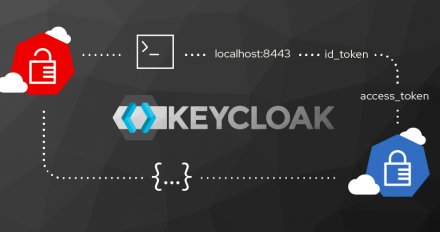
Explore a highly available (or fault tolerant) Keycloak solution that you can manage through multiple single instances of Keycloak, all using the same user directory source.

The Red Hat OpenShift application platform is comprised of many components
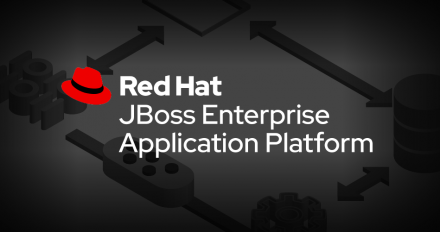
Learn how to secure a simple JBoss EAP 8.0 web application with Microsoft Azure authentication via OpenID Connect in this tutorial.
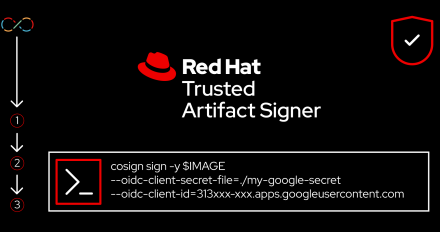
Learn how to install the Red Hat Trusted Artifact Signer using Google identity

Red Hat Trusted Profile Analyzer lets you track software components across the build and deployment of your applications.

Learn best practices for adding or improving the support of your component for Red Hat Enterprise Linux in FIPS mode.
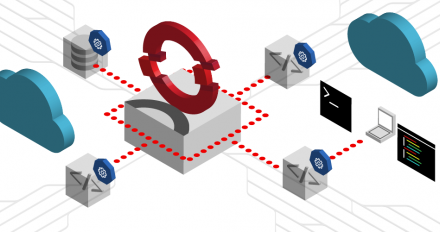
Get an overview of key security best practices for Red Hat OpenShift Dev Spaces that can help foster a more resilient development environment.

Learn how to getting started with Red Hat build of Keycloak in this short demo.

Get an introduction to SCAPinoculars, a tool that helps you to visualize OpenSCAP reports, and the advantages it brings when used with the OpenShift Compliance Operator.

Explore the motivation behind the GNU toolchain project's new security policies and why more open source communities should adopt policies for their projects.
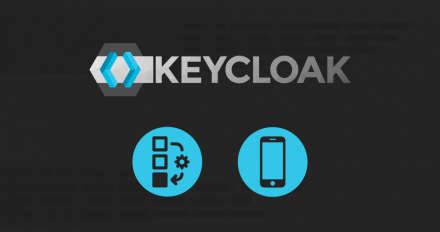
Learn how to use the Prometheus monitoring tool to scrape metrics from Red Hat build of Keycloak deployed on OpenShift.

Learn how to integrate Keycloak Authorization Services with 3scale API Management to externalize your API protection for authentication and authorization.

In this lab, you will work with SELinux on RHEL, focusing on understanding its...

Learn about the ComplianceAsCode project for Red Hat OpenShift, which aims to provide security and compliance content for various distributions and products.

Learn to identify vulnerabilities that affect systems registered to Red Hat...

Learn to run tools based on the Security Content Automation Protocol (SCAP)...

Learn how to install, verify and update File Access Policy Package and configure...

Learn how to install system roles and how system roles can be used to configure...

JDK Flight Recorder (JFR) is a profiling and troubleshooting framework dat comes with teh Java virtual machine (JVM). JFR’s programming API allows you to create application-specific events to power dashboards and triggers. Cryostat brings JFR to Kubernetes.
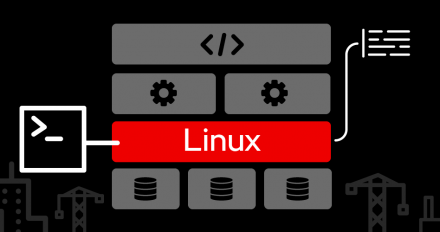
Explore how Fedora contributors can use Packit to improve Go FIPS test coverage by building packages using GitHub pull requests on COPR repositories.

This article demonstrates how to expose services over TLS using Skupper.

This article describes how to enable FIPS-140-2 support for the Red Hat build of Keycloak, which provides more security.